Cultural Landscape of Bali Province
Bali Province offers a beautiful blend of culture and history that showcases the island’s unique heritage. Known for its breathtaking scenery, Bali is more than just a tropical getaway; it’s a lively mix of traditions that highlights the close connection between its people and their surroundings. Visitors can experience a rich cultural landscape that makes Bali truly special and meaningful.
The island is filled with beautiful old temples, layered rice fields, and charming villages, each showcasing the island’s special customs and traditions. From the grand celebrations that pay tribute to Hindu gods to the beautiful art that reflects Balinese culture, this vibrant setting shows a strong appreciation for their history and a dedicated effort to keep their traditions alive.
Visitors are encouraged to discover a vibrant mix of nature and culture, where every place shares a story and each experience helps deepen the understanding of what it means to be Balinese.
Table of Contents
Where is the location of the Cultural Landscape of Bali Province?

Bali Province, located in Indonesia, is celebrated for its rich cultural landscape. The island is known for its traditional customs, beautiful temples, breathtaking rice terraces, and lively villages, all of which showcase the unique heritage of the Balinese people. This area is especially famous for its historical sites and stunning natural scenery, making it a popular destination for tourists looking to experience its vibrant culture and beauty.
Inscription
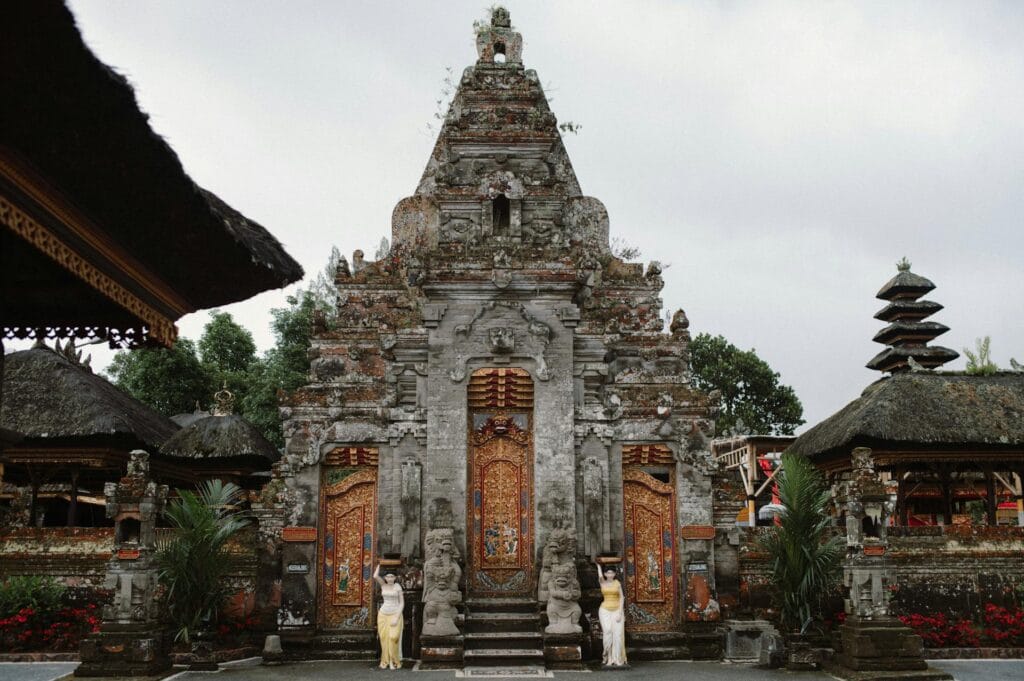
Bali’s Cultural Landscape was recognized as a UNESCO World Heritage site in 2012. This honor acknowledges its rich cultural importance and the special bond between the Balinese people and their surroundings. This recognition emphasizes the area’s unique farming methods, especially the traditional way of growing rice known as subak, which involves a complex system of irrigation to manage water effectively. The subak system is a traditional method used by farmers to manage water for their fields. It helps keep crops thriving while also showcasing the strong sense of community among the farmers, who work together to share and distribute water effectively.
Bali is a place where different cultures come together, especially through various art forms like dance, music, and handmade crafts. These art forms are not just for show; they play an important role in the island’s religious and social activities. By keeping these traditions alive while also adapting to modern changes, Bali shows how it can respect the past while embracing the present.
UNESCO has recognized the Cultural Landscape of Bali to highlight its unique beauty and cultural significance. This recognition helps promote tourism and encourages people to appreciate and learn about Bali’s rich heritage. It also stresses the importance of taking care of this special landscape, ensuring that it is protected for future generations. This serves as a reminder of how valuable cultural diversity is and the need to preserve extraordinary places like this around the world.
What is the Cultural Landscape of Bali Province?
Bali’s cultural landscape includes five stunning rice terraces and their associated water temples, spread across an area of about 19,500 hectares. These temples play an important role in a traditional system that manages water for farming, called subak, which has been in use since the 9th century. This system involves a network of canals and small barriers that help distribute water efficiently to the rice fields.
What is the meaning of Subak in Bali?
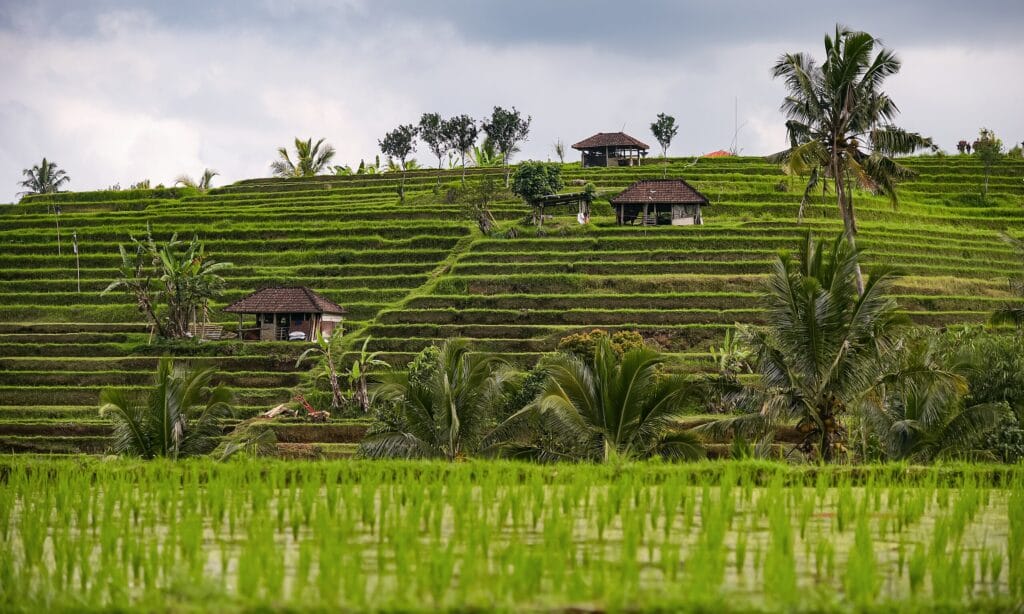
The subak is a traditional irrigation system in Bali that represents an important philosophy called Tri Hita Karana. This philosophy emphasizes the balance between three key areas: the spiritual world, human society, and nature. It has developed over the last 2,000 years through cultural exchanges between Bali and India, and it plays an important role in shaping the way Bali looks and operates.
What is the Subak Landscape in Bali?
The Subak Landscape of Catur Angga Batukaru features beautiful rice terraces that date back to a 10th-century inscription. They are some of the oldest in Bali and showcase the impressive style of traditional Balinese temple architecture.
What is the Subak system in Bali?
The components of the Subak system include forests that help keep water supplies safe, terraced rice fields, and a network of canals, tunnels, and small dams that move water. It also encompasses villages and temples that play important roles, either marking where the water comes from or guiding it down to the fields that need irrigation. The subak system is a way of farming that promotes democracy and equality among farmers in Bali. This method has helped the Balinese people become the best rice growers in the region, even though they face the challenge of feeding a large population.
What is Pura Ulun Danu Temple famous for?
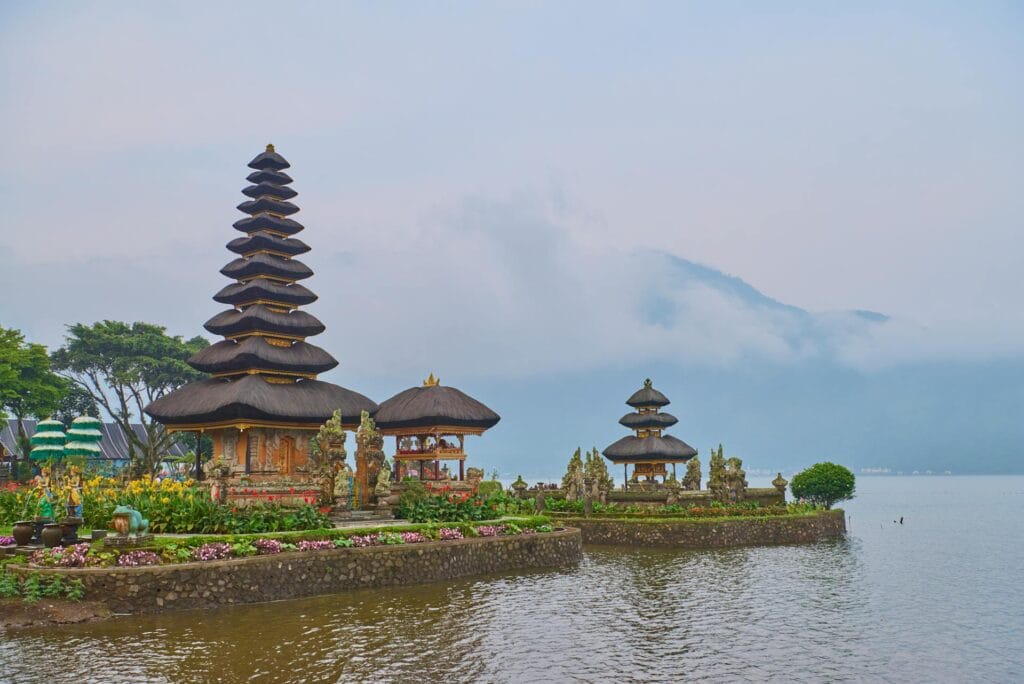
The Supreme Water Temple of Pura Ulun Danu Batur is located by Lake Batur, which is known for being the source of many springs and rivers in the area. This spiritual site is surrounded by beautiful natural landscapes and is part of the Subak system, which is Bali’s oldest irrigation method. This system showcases the island’s deep connection to water and agriculture.
What is Pura Taman Ayun Temple famous for?
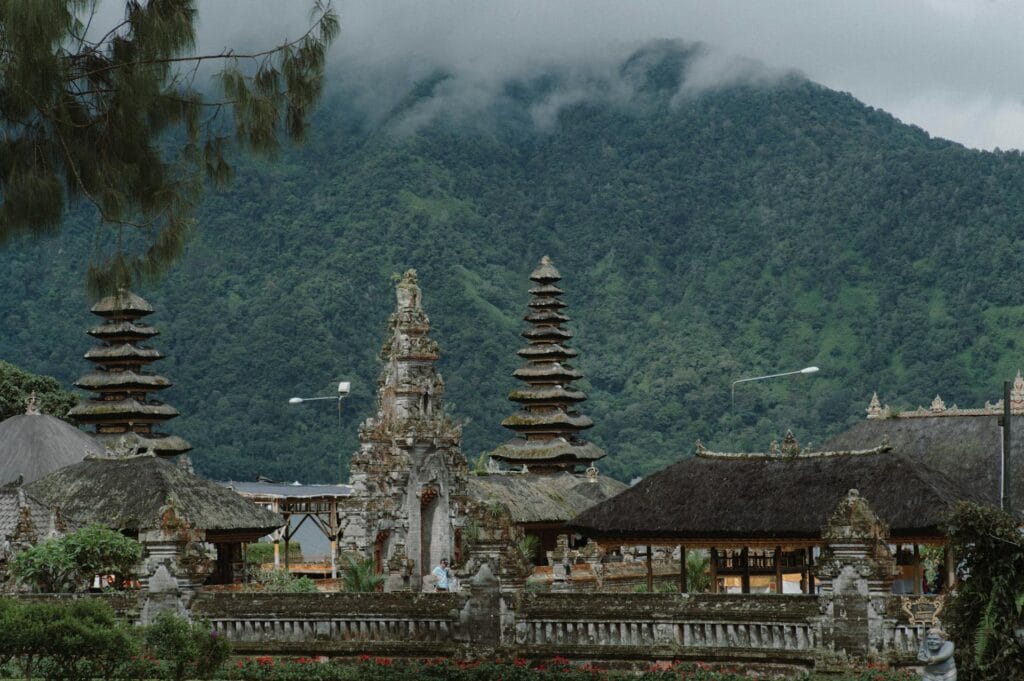
The Royal Water Temple of Pura Taman Ayun is the biggest and most impressive water temple in the region. It showcases the advanced irrigation system that the largest Balinese kingdom used in the 19th century, reflecting the community’s deep connection to water and agriculture.
What is the Cultural Landscape of Bali Province famous for?
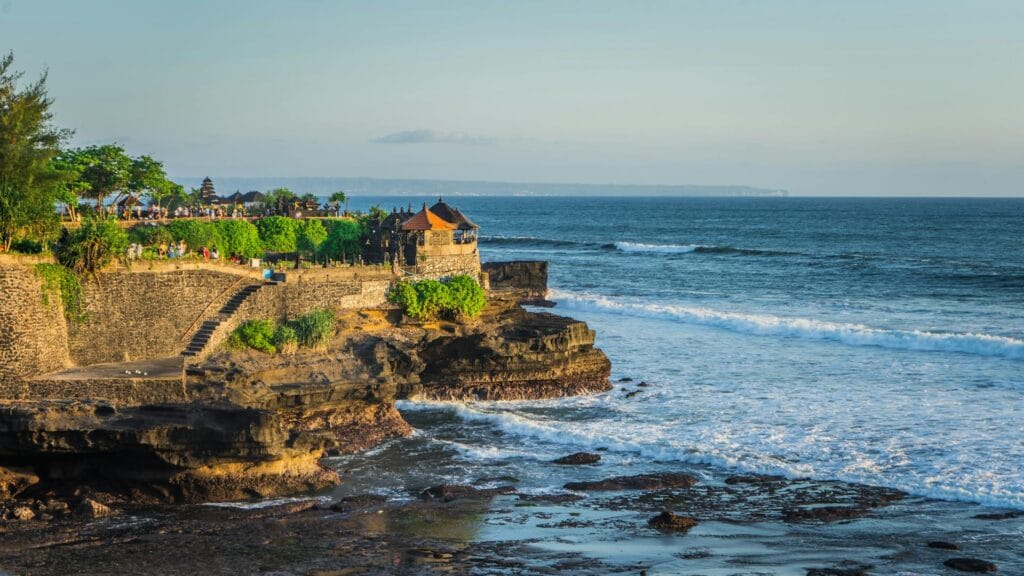
The Cultural Landscape of Bali Province is well-known for its beautiful scenery and rich cultural traditions. One of the highlights is the breathtaking rice fields, especially in areas like Tegallalang and Jatiluwih, where farmers use traditional subak irrigation methods to water their crops. The island is also home to many ancient temples and colorful festivals, reflecting its deep history and spiritual values. This unique combination of nature and culture makes Bali truly special.
Bali is known for its rich culture, which includes local arts like dance, music, and crafts that showcase the island’s traditions and religious beliefs. The strong connection between the people and their environment is one of the main reasons why Bali is designated by UNESCO World Heritage Site. People love visiting Bali for its beautiful landscapes, deep spiritual meaning, and artistic expressions that have been carefully maintained over the years.
Why do we need to preserve the Cultural Landscape of Bali Province significantly for us and future generations?
Preserving Bali’s cultural heritage is essential for keeping the unique identity and traditions of the Balinese people alive. That not only helps maintain their traditions and values but also ensures a healthy environment by protecting the natural ecosystems. Maintaining cultural heritage is important because it helps increase the local economy by bringing in tourists who want to explore and enjoy Bali’s vibrant culture. It also helps create connections between different generations, allowing young Balinese a chance to learn about and feel proud of their cultural background. Overall, preservation of these traditions is vital for the happiness and well-being of both people living today and those in the future.
Why should you visit the Cultural Landscape of Bali Province as a visitor?
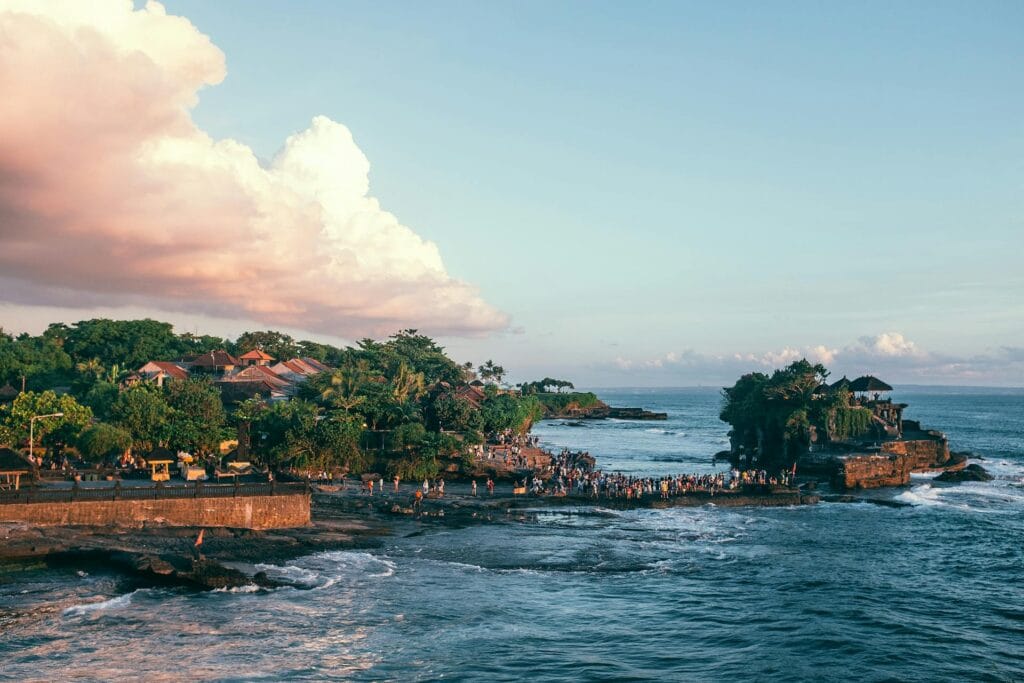
Visiting Bali’s Cultural Landscape is a wonderful experience that lets you dive into the island’s rich history and traditions. You’ll see beautiful rice fields that are arranged in terraces, traditional temples, and colorful local celebrations that highlight Balinese culture. The art, music, and dance you’ll encounter provide a look into the island’s traditions, and the friendly people you meet will make your trip even more special. Exploring this World Heritage site not only offers stunning views but also helps you appreciate Bali’s historical and cultural way of life.
What aspects of Balinese culture, such as traditional temples and vibrant ceremonies, are you most excited to explore?
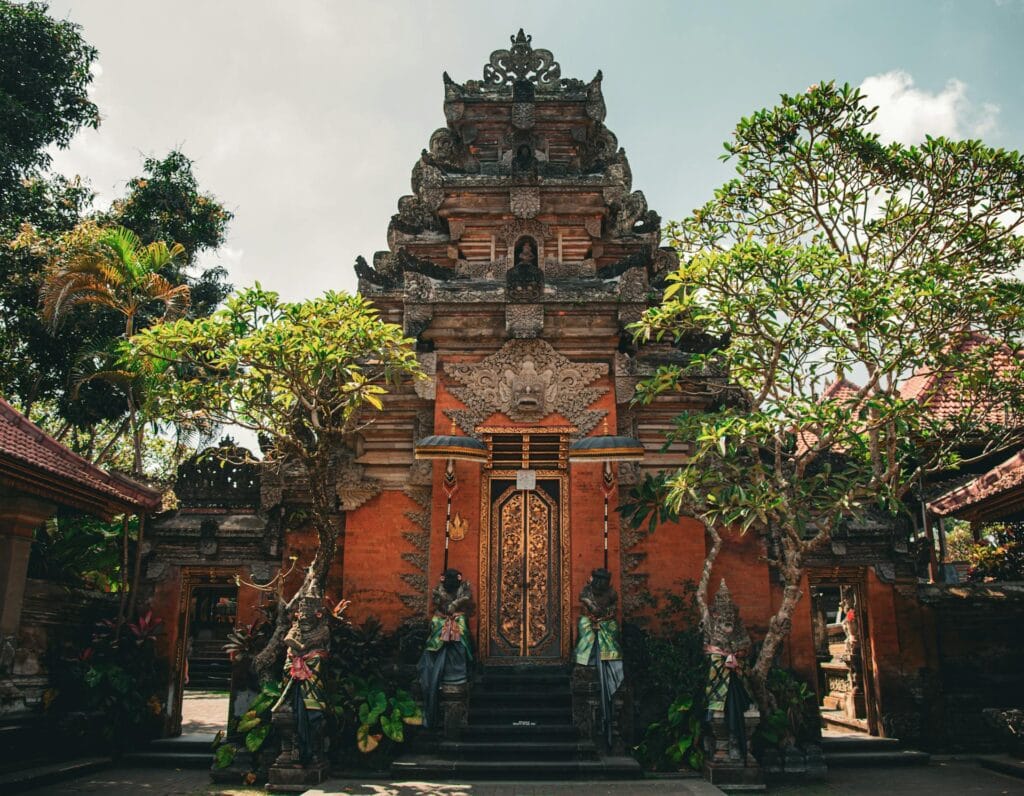
Don’t miss the chance to explore the Cultural Landscape of Bali Province! Enjoy the island’s rich heritage, vibrant traditions, and stunning natural beauty. Plan your trip and make remarkable memories while experiencing Bali’s magical charm. Book your trip now and get ready for an adventure of a lifetime!
When you’re planning your adventure, enhance your travel experience by using trusted websites like GetYourGuide, Trip.com, Agoda, Expedia and Hotels.com! These platforms offer a variety of enjoyable tours, activities, and accommodation options to suit every traveler’s needs.
- GetYourGuide offers a wide variety of unforgettable travel experiences. You can choose from tickets to Popular Attractions, Transportation Options, City Passes, Guided Tours, Hop-on Hop-off Bus Services, Water Activities, Day trips, and Trips that last several days in many locations around the world.
- Trip.com makes it easy to combine Flights and Hotels, Trains, Car Rentals, Airport Transfers and Attractions & Tours to create the perfect travel package tailored just for you.
- Agoda offers a wide range of accommodations and travel options to suit your needs. With user-friendly search features, you can easily find the perfect Hotel, Apartment, or Villa, Flights, Activities and Airport Transfer at competitive prices.
- Expedia to find the perfect travel deals and begin planning your next adventure with ease. Your unforgettable trip is just a click away!
- Hotels.com today to explore incredible deals and find the perfect housing for your dream trip! Your adventure starts here!
Start your journey with our reliable travel partners and unlock the best of Bali’s cultural landscape and beyond!
Disclaimer
In this post, affiliate links are included and those links are associated with well-known travel companies such as GetYourGuide, Trip.com, Agoda, Expedia and Hotels.com. If you choose to purchase or book a service using those links, we may earn a commission at no additional cost to you. We focus on recommending products and services that are helpful to you and we appreciate your support!
Conclusion
We hope you find this information helpful for your next trip. If you want to learn more, check out our other travel blog posts. We cover many topics, including amazing places to visit and helpful travel tips. Whether you’re looking for hidden gems, new cultures, or helpful advice, there’s something for everyone.
Additionally, if you enjoyed the information we shared, don’t forget to explore our other travel product reviews to make your journey even better! Please take a moment to look through our previous posts and let your sense of adventure guide you on your next journey! We wish you happy travels and look forward to sharing more with you in our next blog post!




